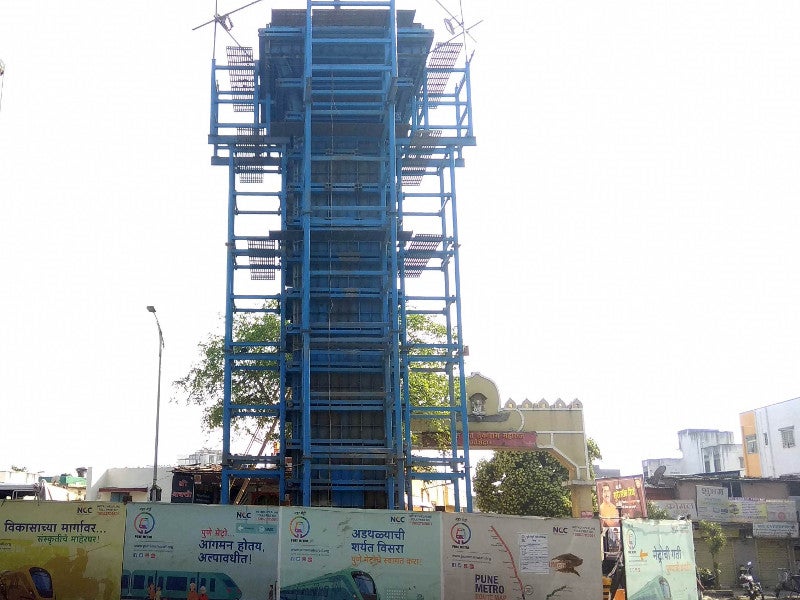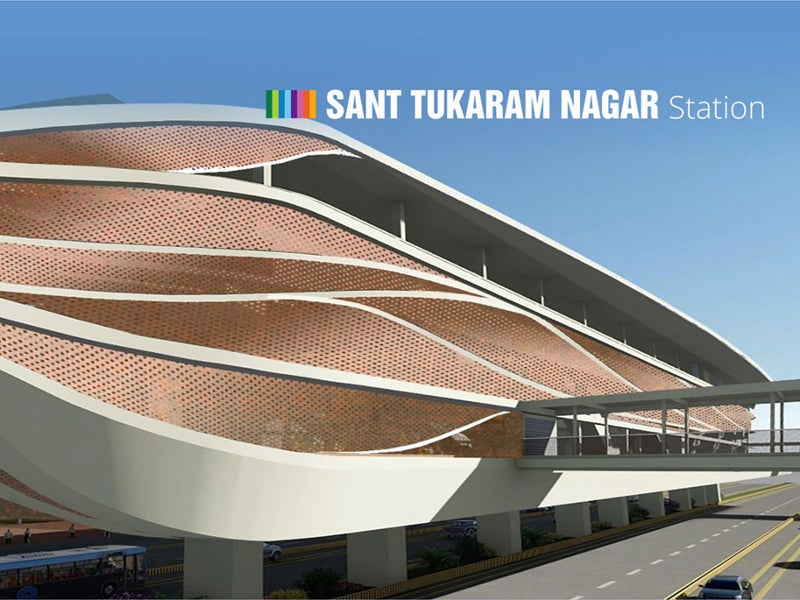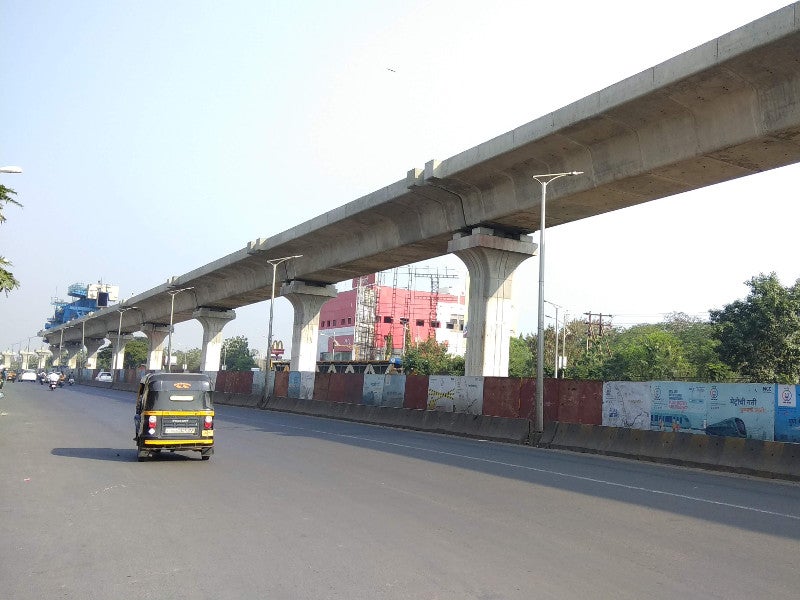Pune Metro is a mass rapid transport system (MRTS) under construction in Pune, Maharashtra, India.
The metro network will have a total length of 54.5km when fully operational in 2023.
Pune is an industrial city that has witnessed growth in the areas of corporate and industrial infrastructure over the last decade. The existing roads in the city currently carry approximately 8,000 commuters an hour in each direction.
The city experiences high traffic during peak hours, which leads to congestion and long hours of traffic jams along with increased pollution. The Pune Metro aims to provide a solution to this by offering a safe and eco-friendly journey with a 50% reduction in travel time.
The Pune Metro rail comprises three corridors. Construction of the first two phases is currently underway, while the third phase was approved for construction by the government of Maharashtra in October 2018.
The metro completed its first trial run at the Sant Tukaram station in January 2020.
Work on the project resumed in May 2020 after the government relaxed the three-month lockdown restrictions imposed to combat the spread of the novel coronavirus Covid-19.
Pune Metro project details
Maharashtra Metro Rail Corporation (Maha Metro) is the implementing authority of lines one and two of the Pune Metro project. It is a special purpose vehicle (SPV) created by the Government of India and the Government of Maharashtra.
The estimated cost of lines one and two is Rs114.2bn ($1.6bn). Line three will be developed by the Pune Metropolitan Region Development Authority (PMRDA) through a public-private partnership (PPP).
The detailed project report for lines one and two was drafted by the Delhi Metro Rail Corporation (DMRC), which is a joint venture between the Government of India and the Government of Delhi.
Construction on the first and second lines began in December 2016 and both lines are expected to be operational by 2022. Line three is expected to be commissioned in March 2023. PMRDA will develop the line in association with TRIL Urban Transport and Siemens Project Ventures under a design, build, finance, operate and transfer (DBFOT) model. The Tril Urban Transport-Siemens consortium won a concession deal from PMRDA in September 2019.
The project achieved 49.64% progress in excavation work for the elevated and underground metro stations as of April 2020.Ongoing activities include tunnelling works in the northern part of the underground metro stations.
Pune Metro routes and stations
Pune Metro line one will begin at PCMC building and terminate at Swargate, while line two will link Vanaz and Ramwadi. The third line will originate at Hinjewadi and terminate at Civil Court in Shivajinagar. The Civil Court station will serve as an interchange station between the lines one and two.
The 16.58 km-long line one will be served by 14 stations, which will include five underground stations. It will feature a 5.02km section below ground, while the remaining 11.57km section will be laid above ground.
Line two will have a length of 14.66km and will be served by 16 elevated stations. Line three will be 23.3km-long with 23 elevated stations.
Pune Metro stations will feature public and non-public areas, which are also referred to as technical areas. The public area will be further divided into paid and non-paid spaces. The paid areas of all stations will be installed with escalators and lifts.
Maintenance depots and workshops for lines one and two will facilitate regular maintenance works, scheduled inspections, as well as minor and major repairs, including overhauls. A depot near Hill Range Station will serve line one, while the Kothrud Depot near Vanaz Station will serve line two.
Rolling stock
Rolling stock operating on Pune Metro will run on 1,435mm standard gauge tracks. Each vehicle will include four stainless steel cars with an axle load capacity of 16t. The four-car train set will feature a longitudinal seating arrangement with the capacity to carry 1,034 passengers.
The air-conditioned cars will feature four slide doors, a digital display system, public announcement system, and emergency equipment, including an emergency push button. The trains will travel at speeds between 31km/h and 33km/h.
Signalling and communications of Pune Metro
Pune Metro will implement cab signalling and continuous automatic train control with automatic train protection system. Telecommunications will be established by an integrated system, including fibre optic cables, and a supervisory control and data acquisition (SCADA) system. The system will also integrate train radio and public announcement system.
Train information system, centralised clock system, and control telephones will be used to communicate and run the trains on schedule.






